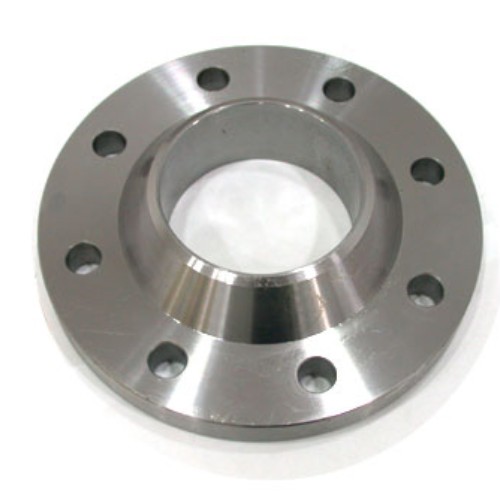Manual Gate Valve with Integrated Limit Switch for Enhanced Control and Efficiency
Understanding Manual Gate Valves with Limit Switches
Manual gate valves are essential components in various industrial applications, particularly in the oil, gas, and water treatment industries. Their primary function is to control the flow of liquids or gases through a pipeline. When equipped with limit switches, these valves can offer enhanced operational reliability and safety. This article explores the functionality, benefits, and proper applications of manual gate valves with limit switches.
What is a Manual Gate Valve?
A manual gate valve is a type of valve that opens and closes by lifting a gate (or wedge) out of the path of the fluid. Unlike other valve types, such as ball or butterfly valves, gate valves are primarily designed for on/off service. They are not ideal for throttling applications, as partially opened valves can cause erosion or cavitation due to high velocity through a narrow opening.
Gate valves are characterized by their robust design and ability to minimize pressure loss. They are generally available in various materials, including stainless steel, brass, and cast iron, making them suitable for different fluids, including corrosive and high-temperature media.
The Role of Limit Switches
Limit switches are electromechanical devices that monitor the position of a mechanical part, such as a valve. In the context of manual gate valves, limit switches are typically used to indicate whether the valve is fully opened or fully closed. They function by providing feedback to a control system or an operator, enhancing safety and operational efficiency.
Limit switches can be installed internally or externally, depending on the design of the valve. They can be activated by a lever or cam mechanism attached to the valve stem. When the valve reaches its fully open or fully closed position, the limit switch sends a signal indicating the valve's status.
Benefits of Manual Gate Valves with Limit Switches
1. Enhanced Safety One of the primary benefits of using manual gate valves equipped with limit switches is improved safety. By providing clear feedback on the valve's position, operators can avoid accidental over-tightening or under-tightening of the valve, which can lead to leaks or system failure.
manual gate valve with limit switch

2. Operational Efficiency With limit switches, operators can quickly verify the status of the valve without needing to visually inspect it. This feature is particularly useful in large-scale operations where valves may be located in hard-to-reach areas. Automated systems can use the feedback from limit switches to streamline operations and reduce downtime.
3. Preventative Maintenance Limit switches can play a role in preventative maintenance. By monitoring valve positions over time, operators can identify potential issues before they lead to system failures. Maintenance alerts can be programmed based on the valve's operational patterns, allowing for timely inspections and repairs.
4. Remote Monitoring In modern industrial applications, remote monitoring is increasingly important. Limit switches on manual gate valves can be integrated into a supervisory control and data acquisition (SCADA) system, providing real-time position data to operators, regardless of their location. This capability is vital for process optimization and ensuring safety compliance.
Applications of Manual Gate Valves with Limit Switches
Manual gate valves with limit switches are widely utilized in various sectors
- Water Treatment In water treatment plants, these valves control the flow of water through various treatment processes. Limit switches help operators ensure that valves are correctly positioned throughout the treatment cycles.
- Oil and Gas In this sector, gate valves control the flow of crude oil, natural gas, and refined products. Limit switches enhance safety by monitoring valve positions in pipelines and processing facilities.
- Chemical Processing In chemical plants, gate valves manage the flow of hazardous materials. Limit switches contribute to a safe operating environment by ensuring that valves are fully closed or opened, reducing the risk of leaks or spills.
Conclusion
Manual gate valves with limit switches are vital equipment in numerous industries, providing operational efficiency and safety through effective flow control. By understanding their functionality and benefits, operators can optimize their use in various applications, ultimately contributing to more reliable and efficient industrial processes. As technology continues to evolve, the integration of limit switches with manual gate valves will likely become even more sophisticated, paving the way for smarter and safer operations in the future.
-
The Key to Fluid Control: Exploring the Advantages of Ball Valves in Industrial SystemsNewsJul.09,2025
-
The Versatile World of 1, 2, and 3 Piece Ball ValvesNewsJul.09,2025
-
Stainless Steel Ball Valves: The Ideal Choice for Efficient Flow ControlNewsJul.09,2025
-
Optimizing Fluid Control with Ball Float ValvesNewsJul.09,2025
-
Manual Gate Valves: Essential for Control and EfficiencyNewsJul.09,2025
-
Everything You Need to Know About Butterfly ValvesNewsJul.09,2025
-
The Versatility of Wafer Type Butterfly ValvesNewsJul.08,2025




